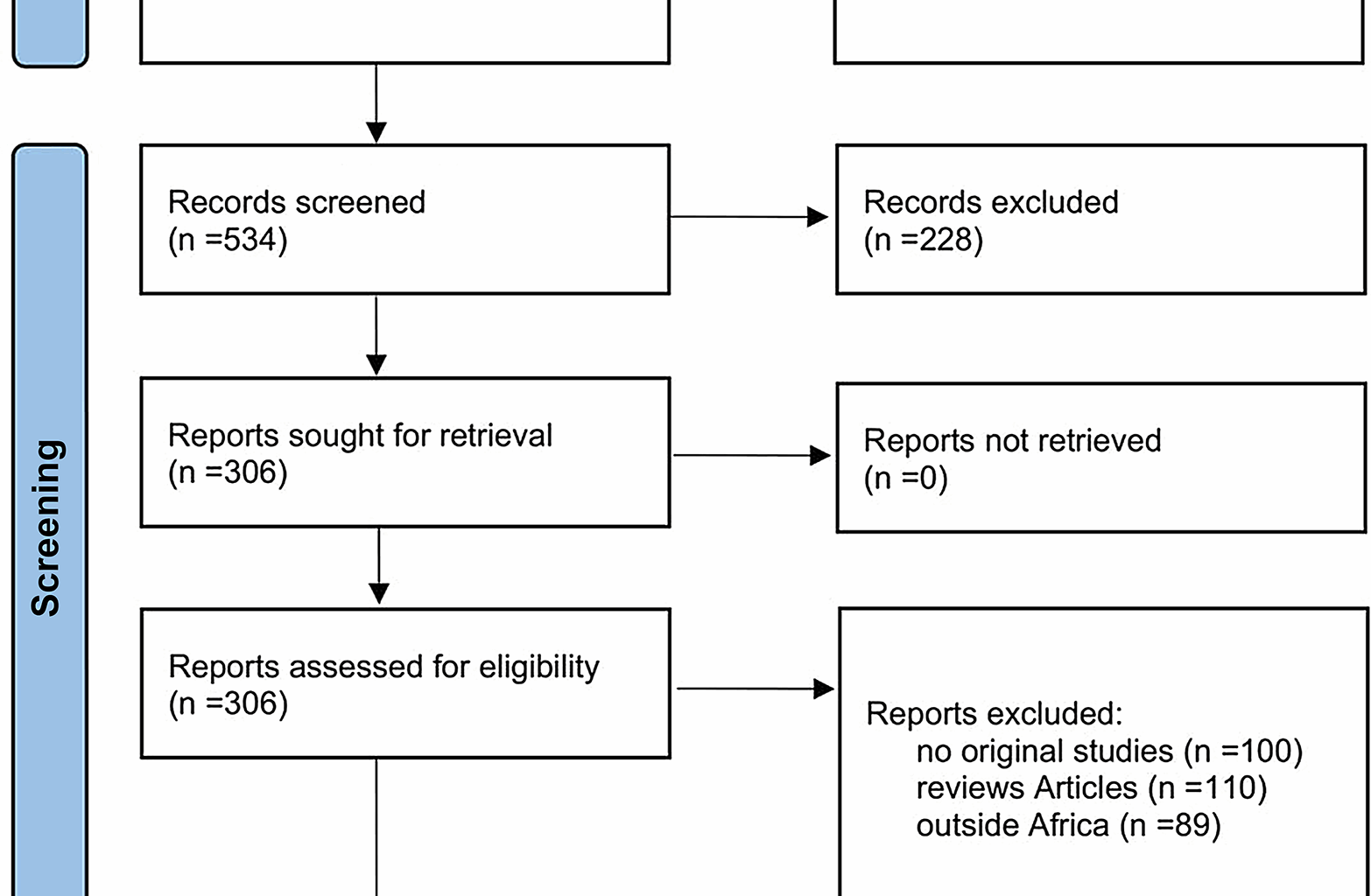This systematic review identified and analyzed sixteen cases of lupus nephritis (LN) reported from four African countries: Tunisia, Nigeria, Tanzania, and Ghana. The cases included both individual case reports and case series published between 2018 and 2024. The patients were mostly female, with a female-to-male ratio of 7:1. Their ages ranged from 22 to 82 years, with clinical manifestations, laboratory findings, biopsy classification, treatment regimens, and clinical outcomes detailed in the respective studies in Table 2.
Table 1 Quality assessment summary of included studiesTable 2 Clinical characteristics of lupus nephritis cases in Africa
Several case reports/series published in French and Arabic could not be included due to translation limitations, which may bias the results.
Demographic characteristics
Out of the 16 patients, 14 (87.5%) were female, and 2 (12.5%) were male. The age distribution ranged from 22 years (a Ghanaian male) to 82 years (a Tunisian male), with most patients in their third to fifth decades of life. This aligns with the known epidemiological pattern of systemic lupus erythematosus (SLE) and LN, which predominantly affects women of reproductive age [6, 7].
Clinical presentations
The predominant presenting symptoms included nephrotic syndrome (defined by significant proteinuria and edema), hypertension, and generalized fatigue. Patients from Nigeria and Tanzania, especially those in the case series by Sulaiman et al. [8] and Ghosh et al. [9], commonly presented with recurrent leg swelling, facial puffiness, dyspnea, and hypertension. The 38-year-old Tunisian woman presented with lower extremity edema, weight loss, and fatigue, symptoms consistent with nephrotic-range proteinuria and systemic illness [10]. Meanwhile, the 82-year-old Tunisian male reported vague systemic symptoms including abdominal discomfort and breathlessness [11].
One Ghanaian case by Tannor et al. involved a 22-year-old male who presented with hematuria, oliguria, and signs of advanced renal failure, including markedly reduced urine output and hypertensive urgency [12].
Immunologic and laboratory findings
All patients tested positive for antinuclear antibodies (ANA), confirming the diagnosis of systemic lupus erythematosus. ANA titers ranged from 1:160 in the Ghanaian case [12] to as high as 1:12,800 in the elderly Tunisian male [11]. Anti-double-stranded DNA (anti-dsDNA) antibodies were also reported in several patients, with titers up to > 800 IU/mL [11], supporting active lupus nephritis. Most cases exhibited hypocomplementemia (low C3 and C4 levels), which correlates with disease activity [10, 12, 13].
Renal function was compromised in multiple cases, particularly in the Nigerian and Tanzanian series, with reduced eGFR and elevated creatinine levels. For instance, the patient reported by Ogala-Akogwu et al. [14] had an eGFR of only 11.7 mL/min at diagnosis, signifying advanced renal damage.
Lupus nephritis classification
Renal biopsies were performed in most cases and classified according to the ISN/RPS lupus nephritis classification system. The distribution was as follows:
Class IV (Diffuse Proliferative LN): Most common, reported in five cases, particularly among Nigerian and Tanzanian females [8, 9, 12].
Class V (Membranous LN): Observed in four patients, including the Tunisian case [10] and multiple Tanzanian patients [9].
Class VI (Advanced Sclerotic LN): Identified in three Nigerian patients, all of whom had poor renal outcomes, including two deaths [8, 13].
Class III (Focal Proliferative LN): Reported in one Tanzanian patient [10].
Mixed Class III/V: Described in one Tanzanian patient [10].
Only one case, the 82-year-old Tunisian male, was diagnosed clinically without a renal biopsy. The Ghanaian case underwent biopsy, which demonstrated mixed Class IV and V lupus nephritis [11].
Treatment regimens
The most commonly used treatment regimens included high-dose corticosteroids (either methylprednisolone or prednisolone), mycophenolate mofetil (MMF), and hydroxychloroquine (HCQ). In Tunisia, the patients received oral prednisone and hydroxychloroquine, with good clinical outcomes [10, 11]. Nigerian and Tanzanian patients were predominantly treated with methylprednisolone pulses, followed by oral steroids and MMF [8, 9]. The Ghanaian case also received high-dose prednisolone and MMF [12].
In advanced cases with kidney failure, hemodialysis was initiated, as seen in the Nigerian case described by Ogala-Akogwu et al. [13], who also continued immunosuppression despite renal impairment.
Clinical outcomes
Clinical outcomes were highly variable and seemed to correlate with the LN class and renal function at diagnosis. In Tunisia, both patients achieved clinical remission, with no relapses after 12 and 22 months, respectively [10, 11]. In Nigeria, two patients with Class IV LN achieved remission, while three patients with Class V and VI LN experienced poor outcomes-two required chronic hemodialysis, and two died during the course of treatment [8, 13]. The Tanzanian series reported significant improvement in proteinuria in all six patients following immunosuppressive therapy, although long-term outcomes were not fully reported [9]. The Ghanaian patient achieved partial remission, with proteinuria reducing to 0.55 g/day after six months [12].

